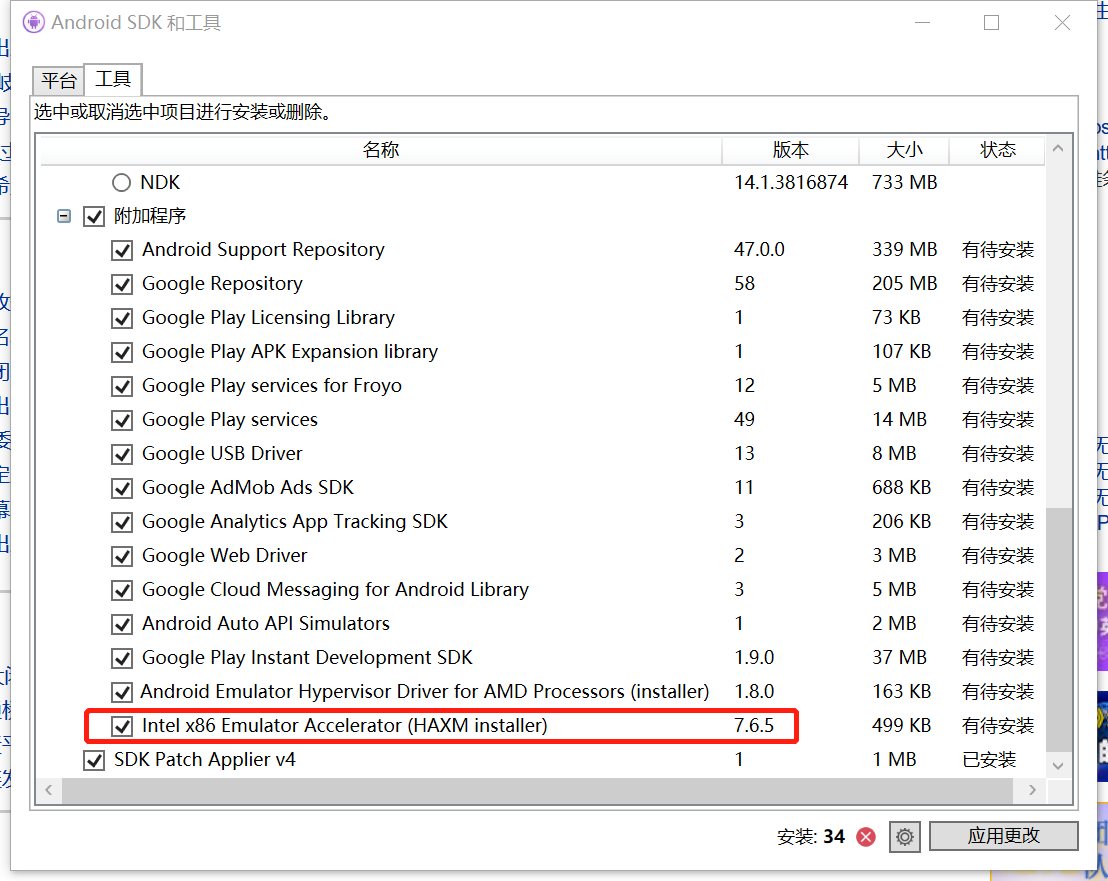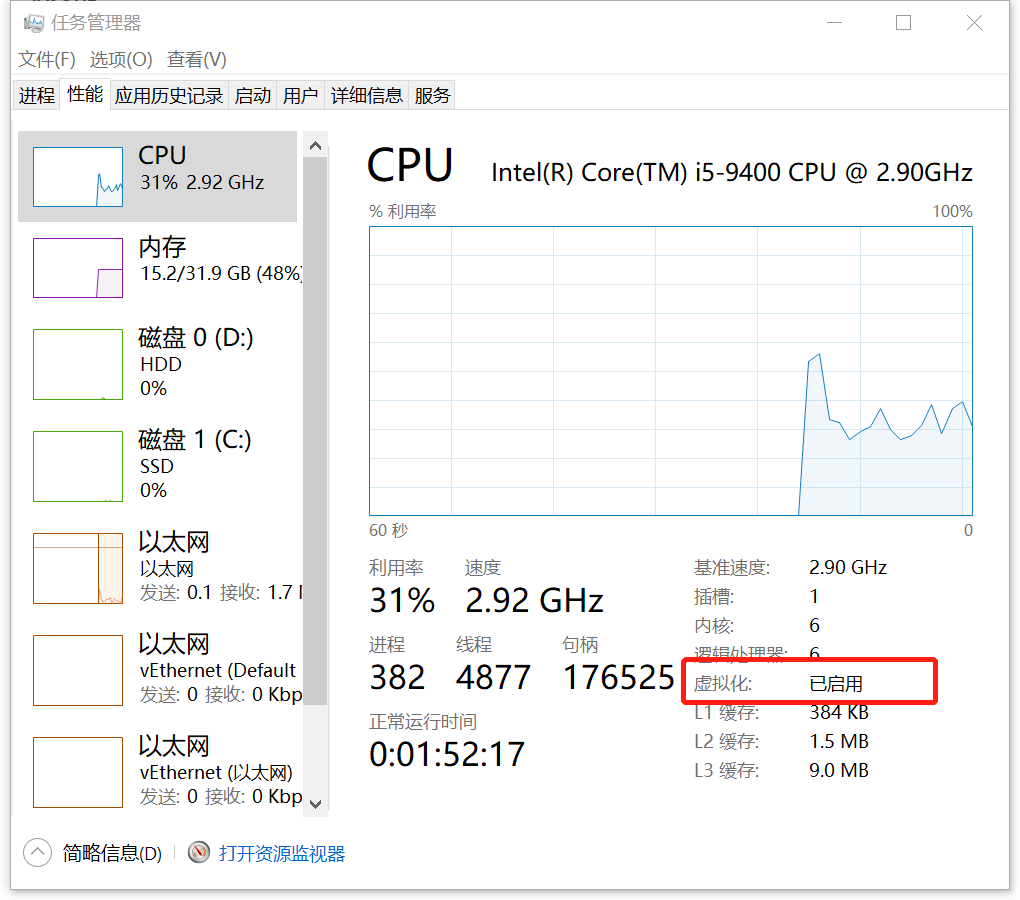Python: Proxy Pattern
DuProxy.py
1 2 3 4 5 6 7 8 9 10 11 12 13 14 15 16 17 18 19 20 21 22 23 24 25 26 27 28 29 30 31 32 33 34 35 36 37 38 39 40 41 42 43 44 45 46 47 48 49 50 51 52 53 54 55 56 57 58 59 60 61 62 63 64 65 66 67 68 69 70 71 72 73 74 75 76 77 78 79 80 81 82 83 84 85 86 87 88 89 90 91 92 93 94 95 96 97 98 99 100 101 102 103 104 | # 代理模式 Proxy Patternfrom abc import ABCMeta, abstractmethodimport abcimport randomclass ISubject(metaclass=ABCMeta): "An interface implemented by both the Proxy and Real Subject" @staticmethod @abstractmethod def request(): "A method to implement"class RealSubject(ISubject): "The actual real object that the proxy is representing" def __init__(self): # hypothetically enormous amounts of data self.enormous_data = [1, 2, 3,'geovindu','Geovin Du','涂聚文'] def request(self): return self.enormous_dataclass Proxy(ISubject): """ The proxy. In this case the proxy will act as a cache for `enormous_data` and only populate the enormous_data when it is actually necessary """ def __init__(self): self.enormous_data = [] self.real_subject = RealSubject() def request(self): """ Using the proxy as a cache, and loading data into it only if it is needed """ if self.enormous_data == []: print("从真实主体提取数据") self.enormous_data = self.real_subject.request() return self.enormous_data print("从代理缓存中提取数据") return self.enormous_dataclass AbstractClass(metaclass=abc.ABCMeta): """ interface for real and proxy object """ @abc.abstractmethod def sort_digits(self, reverse=False): passclass RealClass(AbstractClass): """ RealClass that holds a larger object """ def __init__(self): self.digits = [] for i in range(1000000): self.digits.append(random.random()) def sort_digits(self, reverse=False): self.digits.sort() if reverse: self.digits.reverse()class ProxyClass(AbstractClass): """ A proxy class that has the same interface as RealClass. """ ref_count = 0 def __init__(self): """ Creates an object if it doesn't exist and caches it otherwise """ if not getattr(self.__class__, '缓存对象', None): self.__class__.cached_object = RealClass() print('生成新对象') else: print('使用缓存的对象') self.__class__.ref_count += 1 print('引用计数:', self.__class__.ref_count) def sort_digits(self, reverse=False): print('排序方法') print(locals().items()) # invokes the sort_digits method of real class self.__class__.cached_object.sort_digits(reverse=reverse) def __del__(self): """ Delete the object when the number of reference is 0 """ self.__class__.ref_count -= 1 if self.__class__.ref_count == 0: print('删除缓存对象') del self.__class__.cached_object print('引用计数:', self.__class__.ref_count) |
main.py 调用
1 2 3 4 5 6 7 8 9 10 11 12 13 14 15 16 17 18 19 20 21 22 23 24 25 26 27 28 29 | # 代理模式 Proxy PatternduSubject = DuProxy.Proxy()# use SUBJECTprint(id(duSubject))# load the enormous amounts of data because now we want to show it.print(duSubject.request())# show the data again, but this time it retrieves it from the local cacheprint(duSubject.request())print("\n")proxA = DuProxy.ProxyClass()print()proxB = DuProxy.ProxyClass()print()proxC = DuProxy.ProxyClass()print()proxA.sort_digits(reverse=True)print()print('删除对象 proxA')del proxAprint('删除对象 proxB')del proxBprint('删除对象 proxC')del proxC |
输出:
1 2 3 4 5 6 7 8 9 10 11 12 13 14 15 16 17 18 19 20 21 22 23 24 25 26 | 1830765068000从真实主体提取数据[1, 2, 3, 'geovindu', 'Geovin Du', '涂聚文']从代理缓存中提取数据[1, 2, 3, 'geovindu', 'Geovin Du', '涂聚文']生成新对象引用计数: 1生成新对象引用计数: 2生成新对象引用计数: 3排序方法dict_items([('self', <DuProxy.ProxyClass object at 0x000001AA4219FFA0>), ('reverse', True)])删除对象 proxA引用计数: 2删除对象 proxB引用计数: 1删除对象 proxC删除缓存对象引用计数: 0 |




哲学管理(学)人生, 文学艺术生活, 自动(计算机学)物理(学)工作, 生物(学)化学逆境, 历史(学)测绘(学)时间, 经济(学)数学金钱(理财), 心理(学)医学情绪, 诗词美容情感, 美学建筑(学)家园, 解构建构(分析)整合学习, 智商情商(IQ、EQ)运筹(学)生存.---Geovin Du(涂聚文)
分类:
Python




【推荐】国内首个AI IDE,深度理解中文开发场景,立即下载体验Trae
【推荐】编程新体验,更懂你的AI,立即体验豆包MarsCode编程助手
【推荐】抖音旗下AI助手豆包,你的智能百科全书,全免费不限次数
【推荐】轻量又高性能的 SSH 工具 IShell:AI 加持,快人一步
· 25岁的心里话
· 闲置电脑爆改个人服务器(超详细) #公网映射 #Vmware虚拟网络编辑器
· 基于 Docker 搭建 FRP 内网穿透开源项目(很简单哒)
· 零经验选手,Compose 一天开发一款小游戏!
· 一起来玩mcp_server_sqlite,让AI帮你做增删改查!!
2009-10-22 Top 126 Ajax Tutorials